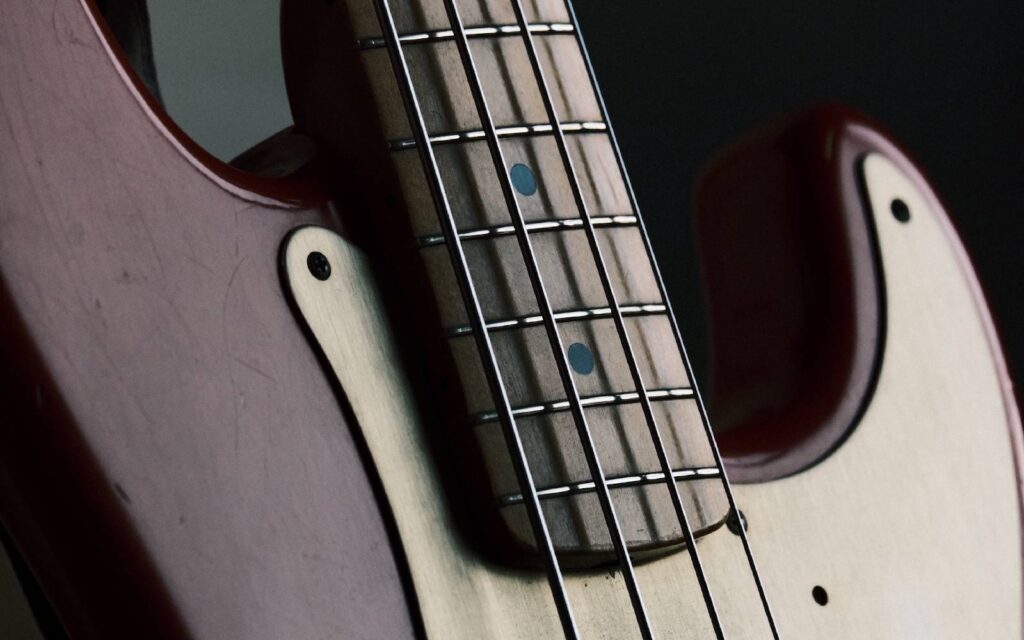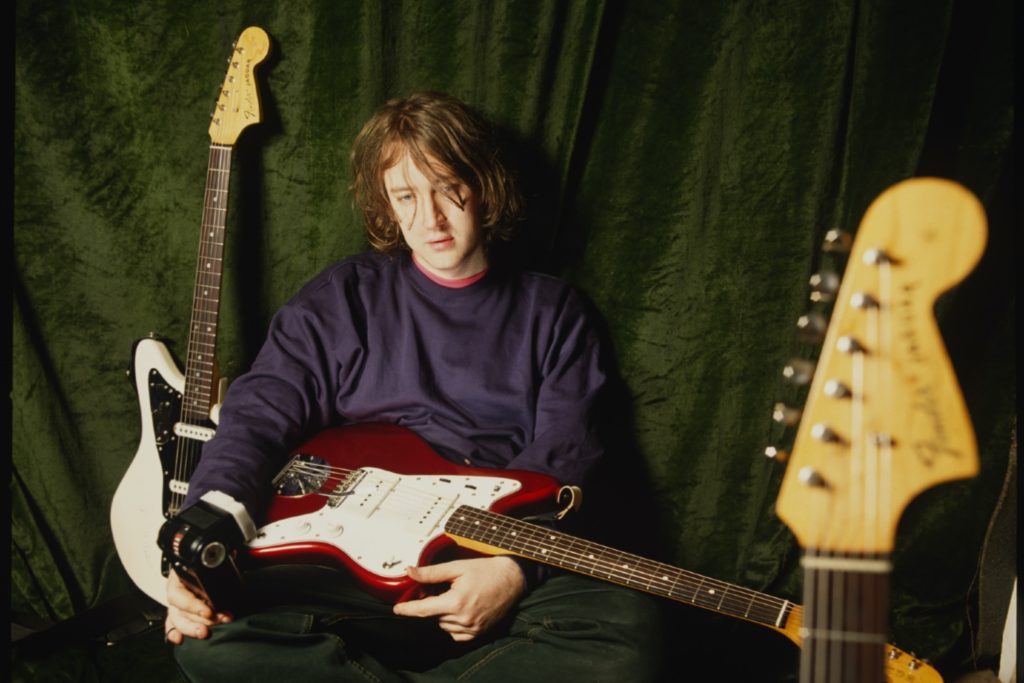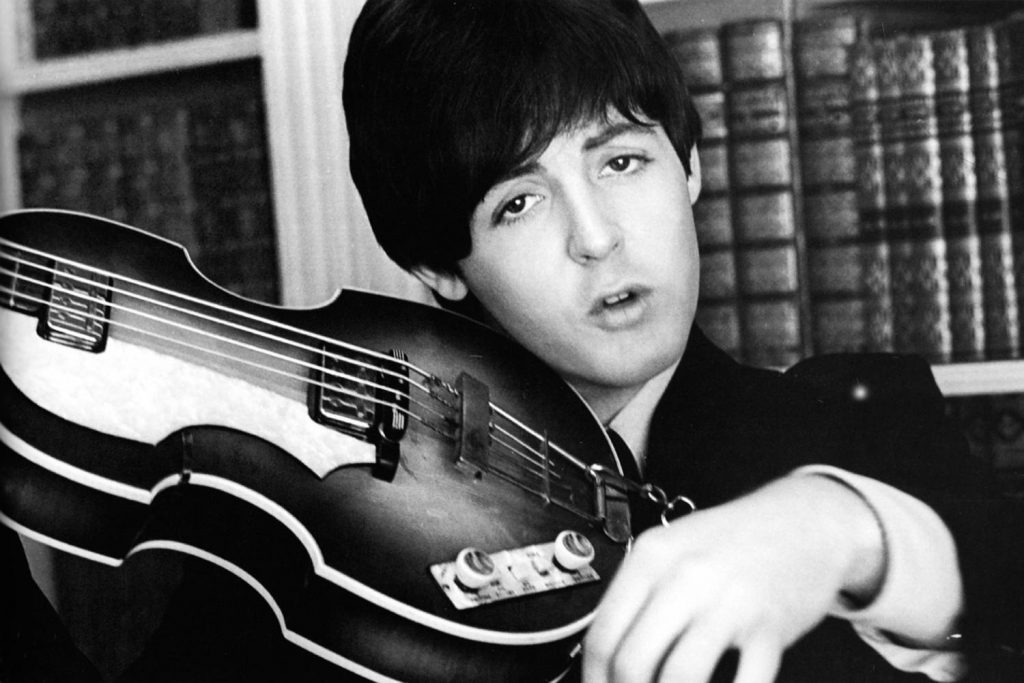Most guitarists know a fuzzy tone when they're hearing it!
Most will probably own at least one fuzz pedal, and if not, they can definitely identify a fuzzy tone on a record. But what is fuzz and how does it differ from overdrive or distortion effects? What makes fuzz so easily identified amongst a myriad of drives and other distorted signals?
Read more gear stories, columns and how-to features here.
Fuzz has a uniform sound, but there’s a long list of different circuits and ways to clip the signal into that iconic fuzz. So let’s dive into some famous fuzz boxes, recorded fuzz tones and how and where to apply them to achieve the tone you’re after. First up: famous fuzz pedal sounds.
The ’60s were a time of experimentation, both socially and sonically. The super blown-out distortion we now know as ‘fuzz’ was developed through a few separate experiments were broken amps were pushed to their limit and used to create new sounds.
Throughout the ’50s, guitarists had begun to push their tube amps to break up and distort, but distortion and overdrive is characterised by sound waves clipping where the volume is pushed, and the amplifiers limit had been reached.
Fuzzy tones are created when a soundwave is pushed beyond even this, to the point that they become close to a square-wave as opposed to a sine wave. The break-up, attenuation and compression introduce progressively complex harmonics, creating the iconically fuzzy tones we’ve grown to love.
Some more modern fuzz tones are so blown-out that they mimic an amplifier breaking down entirely, the sound being known as “amp death”. Before the first pedal or ‘fuzzbox’, Gibson’s Maestro FZ-1 Fuzz pedal, was put to market in 1962, fuzzy tones were achieved by Link Wray, who famously slashed his amplifier’s speaker cone, or Grady Martin, who used an amplifier with a faulty pre-amplifier on Marty Robbin’s song “Don’t Worry”.
The Ventures used a “fuzzbox” to record ‘2000 Pound Bee’, before Keith Richards made Gibson’s Maestro FZ-1 famous via the main riff “I Can’t Get No Satisfaction”. A common trait to notice between all these iconic riffs is the simplicity and single-note nature of the hooks and riffs. Because of the complex nature of the harmonics that fuzz introduces, chords can often introduce unpleasant or dissonant harmonies, for better or worse.
The ’60s and ’70s saw the introduction of the new “standard” for fuzz, the Electro Harmonix “Big Muff” along with all its reissues, as well as the Fuzz Face, now available in either germanium or silicon transistor models.
Fuzz pedals sound the way they do because they clip so hard at the transistor stage of the circuit. Transistors are semi-conducting devices that amplify a signal, and the material they’re made from effects how they clip and therefore how they sound.
Transistors for pedals are almost exclusively silicon or germanium, the latter being a more-expensive and less resilient option. Germanium transistors can’t handle high frequency information and clip them completely, and produce more harmonics as it distorts. These two characteristics offer a ‘warmer’ fuzz sound that is generally more desirable to many guitarists than silicon-based transistor distortion.
Silicon is cheaper and easier to work with, as well as being more responsive across all frequencies. The high-end that silicon allows through is what it differentiates it from germanium. Hendrix, for example, is known to have used custom, silicon-based Fuzz Faces during the late ’60s and his time with the Band of Gypsys.
Another famous fuzz, the Big Muff, typically uses four transistor stages. It gets progressively more clipped, squashed and blown-out, with the fourth transistor acting amplify the signal back to a useable level after the previous three stages of clipping having deteriorated the signal so much.
The silver Big Muff ‘Pi’ and the ‘Green Russian’ were both developed in kahootz with Sovtek, a Russian amplifier mainstay.
Guild produced the Foxey Lady, a similar circuit design to the Big Muff but with just two transistor stages, whereas Electro-Harmonix produced the Axis Fuzz which ultimately became re-branded as the Big Muff; the big, mid-focused, synth-like sounds that have been heard on countless records. These tones are sometimes tamed and blended, or otherwise left to run wild.
Fuzz can be an interesting and challenging sound to use when recording in a band situation. The circuit of Big Muffs is traditionally quite a scooped sound, unfortunately forcing most of the fundamental frequencies of guitar out. Electro-Harmonix produced a circuit that clips with op-amps (operational amplifiers) that didn’t scoop the signal so drastically and allowed more of those mids to be retained.
However, even more traditional scooped fuzzes can be blended creatively to create entirely new sounds. Because of the exaggerated scoop, this leaves plenty of room for more mid-forward sounds to occupy this area of the guitar tone. Some of Nirvana’s most famous guitar tones are created using exactly this method, a super in-your-face mid-forward tone blended with a super scooped Muff or other fuzz to fill it all out.
Fuzz can be used to great effect on bass, but can easily become overwhelming when the bottom end distorts. It’s very common for fuzzes to be used to distort mid and high frequencies of bass, where the bottom end may stay cleaner and unaffected by the massively blown-out, iconic tone that these transistors are known for.
Fuzz is as iconic an effect as any, but it’s a pretty complicated sound when you get down to it. It’s more clearly defined than overdrive or distortion, and more distinctive, partially because it needs to be pushed to be worthwhile.
Fuzz is so easily identified because of the sheer level of distortion, attenuation and compression that makes up that distinctly ‘fuzzy’ sound. The signal is clipped until it becomes a harmonious, rich, synth-like sound, the sound of which makes it usable for a bunch of different instruments. But beware, fuzz needs to be tamed or you can be easily overwhelmed and lost in a mix.
There’s a bunch of different flavours and circuits that can concoct a fuzz for you, but all will remain distinctly and iconically fuzzy – and that’s why we love them.
The Maestro FZ-1 was possible the first fuzz pedal! Check out some audio samples here.







